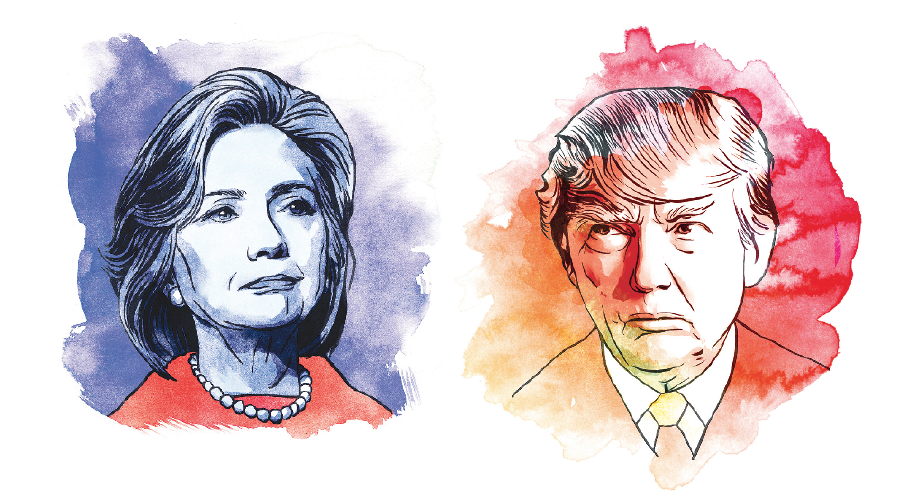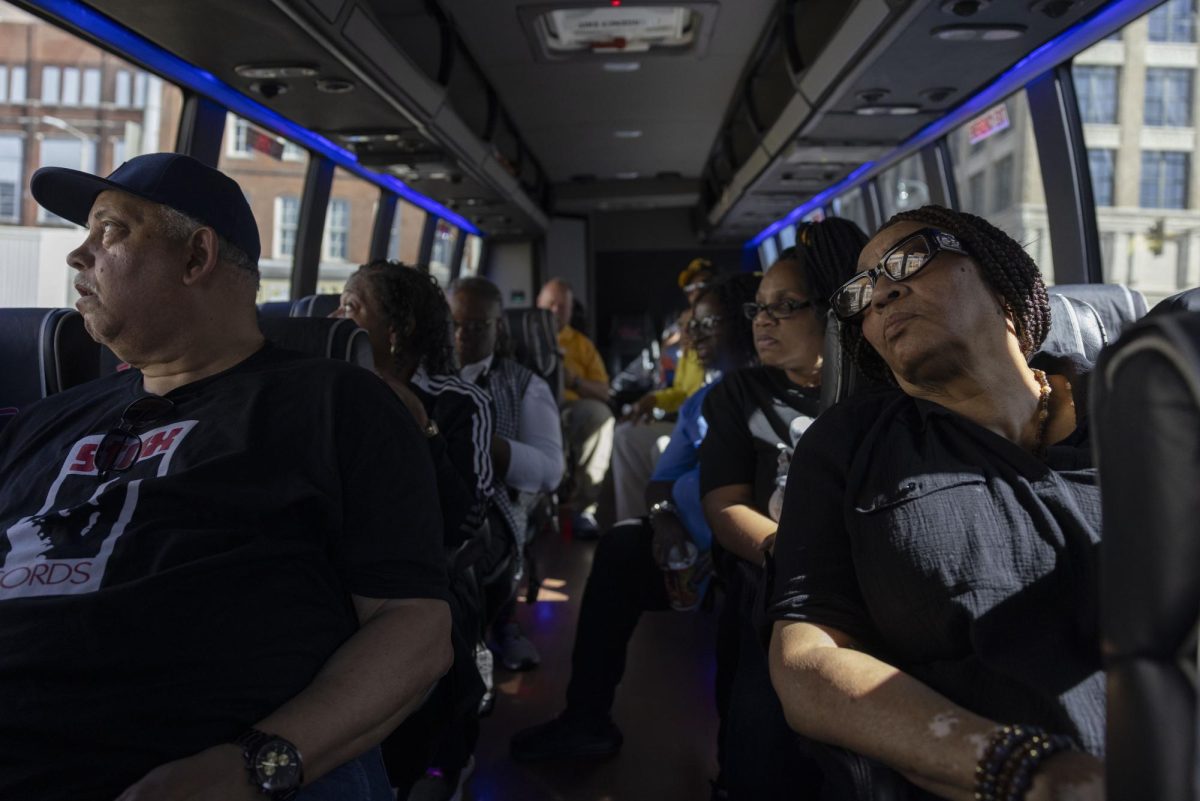Student votes not clearly reflected in state primary
March 20, 2016
Bernie Sanders’ considerable lead over Donald Trump and Hillary Clinton among SIU students — according to a poll conducted last week by the Daily Egyptian — has yet to be reflected in national standings.
As of Sunday, Trump has 678 delegates compared to Texas Sen. Ted Cruz’s 423 and Ohio Gov. John Kasich’s 143, according to The Associated Press. Florida Sen. Marco Rubio dropped out of the race Tuesday after losing the primary, an election that helps determine which candidates move on to the general election in November, in his home state to Trump.
On the other side, Clinton has a lead of 1,614 delegates over Sanders’ 856.
Advertisement
This doesn’t fall in line with how SIU students said they were going to vote, according to the Daily Egyptian’s poll of about 1,800 students.
Based strictly off the results of this poll, which was open from March 8 to March 14, Vermont Sen. Sanders led with 86 percent of the Democratic vote. Former Secretary of State Clinton took just 9 percent and the remaining 5 percent were undecided.
In the March 15 Illinois primary, however, Sanders’ overwhelming popularity on SIU’s campus was not reflected statewide where Clinton, with 51 percent of the vote, beat Sanders by two percentage points — winning her 93 delegates and him 70.
In the Republican side of the DE poll, Trump led with 39 percent of the vote. Cruz followed behind at 23 percent and Kasich fell into last place with 12 percent behind Rubio’s 19 percent with the remaining 7 percent undecided.
Our Republican poll results were similar to the Illinois primary results where Trump took 39 percent of the vote in front of Cruz’s 30 percent — giving Trump 53 delegates and Cruz nine, according to The Associated Press.
Of the respondents, 78 percent of students said they already voted or planned to vote in the Illinois primary. Of those who said they planned to vote, almost twice as many students said they would be voting for a Democratic candidate.
Advertisement*
The straw poll collected 1,799 anonymous responses and was conducted via Survey Monkey thanks to funding from the Paul Simon Public Policy Institute. It was available to all students through SIU Online.
John Jackson, a visiting professor at the institute, said it’s not surprising Sanders ranked so high among students considering the state’s budget impasse and Republican Gov. Bruce Rauner’s proposed cuts to higher education funding.
Most students polled said they were supporting their chosen candidate based off his or her stance on important issues. When asked to elaborate on this, 38 percent said education was the leading influence of their vote.
MORE: Here’s how the remaining candidates view issues such as gay marriage and immigration
Students also said tax reform, healthcare and immigration were important factors. Climate change, gun control, abortion and refugees took a backseat — all with less than 10 percent of the vote.
As for those who said they would not be voting in the Illinois primary, nearly half said it was because they are not Illinois residents. Other common reasons included not knowing enough about the candidates, not liking any of the candidates and not knowing how or where to vote.
“I do not want to be slated into a party. I feel more independent/moderate than anything else,” one participant wrote. “I would vote in the primary if declaring a party was not a part of it.”
Ten percent of those not voting said it was because they do not believe their votes matter.
“The electoral college votes regardless and even if my vote did matter, it would be like choosing between Hitler and Stalin,” another participant wrote.
Illinois is one of 34 states to hold primaries — state-wide elections in which registered voters go to the polls to vote for the candidate they want to represent their party in office — opposed to the other 16 states that hold caucuses — or open discussions where the state’s vote is decided publicly.
Delegates are awarded to each candidate based on caucus and election results. These delegates later decide their party’s nomination for president.
The 2016 primary season, which began with the Iowa Caucus on Feb. 1 and ends with the D.C. primary on June 14, is already proving itself to be a turbulent one.
While Republican frontrunner Trump continually comes out ahead, the results of the Democratic race, despite an increasing gap in delegate counts, has yet to yield a confident winner.
And despite President Barack Obama urging the Democratic Party to come together to support Clinton, Sanders may still have a shot against Clinton if he scores some big wins in states like New York, California, Pennsylvania and New Jersey, according to the Observer.
David Yepsen, who referenced recent political protests in Chicago, said this election in particular comes at a time in which many people are angry and afraid, which is really driving the electorate.
“This election is different because both parties are searching for a sense of direction,” said Yepsen, director of the Paul Simon Public Policy Institute. “Passions are running high on both sides.”
Bill Lukitsch contributed to this report.
Anna Spoerre can be reached at aspoerre@dailyegyptian.com or 618-536-3325.
Advertisement










